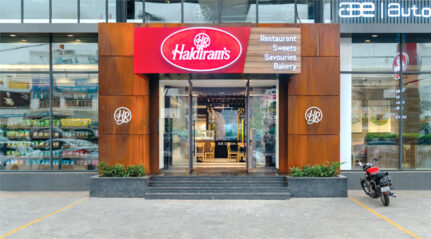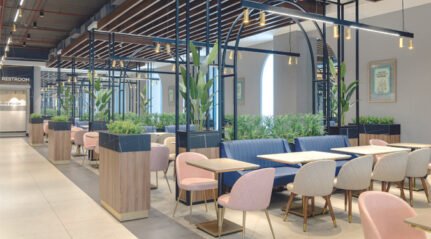A global perception entails varied experiences in terms of design materials

Amit Aurora speaks on the finer aspects of hospitality design

In the case of international hotels, the interiors have to cater to a global perception of what ambience and good taste is all about. From a design perspective, how easy or difficult is this task for a designer?
When we say perception and global, we sort of lie and imply that people the world over think in one way but actually they don’t. We understand that the world is becoming a global village, and things are getting less diverse in some ways, but at the same time, other divisions are increasing. The world will never be monolithic, many people speak English, but even in English, there are different accents. So to put everybody in one jacket and create a standard global perception is detrimental. Design solutions need to be contextual. An international experience doesn’t have to be the same experience the world over. There is a market for local experiences as well as standard solutions. One formula doesn’t fit all, so you must find your niche and create solutions.
What are some of the benchmarks of good hospitality interiors?
Benchmarks are general hospitality standards like basic hygiene but creating a unique experience for every place is necessary to make them stand out. Every space has its challenges and opportunities, so making the best of them and creating a unique experience is essential. Some people like standardization as it offers familiarity and comfort. In that case, one has to develop templates that can be applied in different scenarios places.
What are the new age materials redefining the design of hospitality spaces?
For us, old age materials are new age materials, which are local, sustainable, and reduce the impact of construction on the environment. In terms of materials, the simpler they are, the better their longevity.

As we get increasingly conscious about green and sustainable living, how are hospitality interiors embracing this change?
Everything contextual and respecting the local climate and surroundings are, by default, sustainable. For instance, you have to plant local trees and local vegetation, which will grow
with less maintenance and give faster green cover. One should not plant trees where the climate is unfavourable to their growth, making it unsustainable to maintain them.
For more info visit : https://groupdca.in/
Cookie Consent
We use cookies to personalize your experience. By continuing to visit this website you agree to our Terms & Conditions, Privacy Policy and Cookie Policy.





